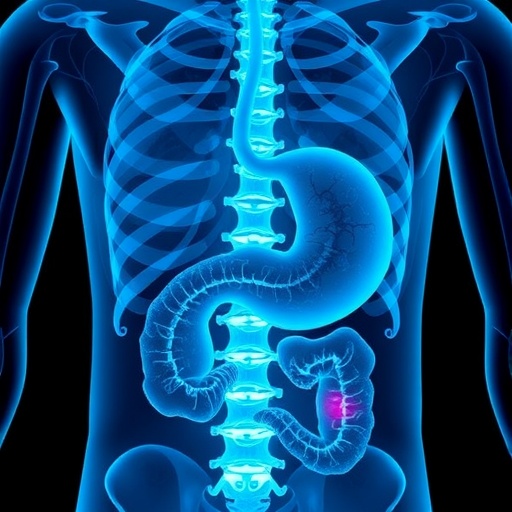Copenhagen has been struggling with air pollution for many years now. Pollution from lorries, vans, busses and cars each year costs lives. Now research conducted by the University of Copenhagen and a series of collaborators shows that the average lifespan of Copenhageners could increase by an entire year in 2040 if the level of pollution was reduced to the level found in the countryside.
'Of course this reveals to the decision-makers the potential if they were to really do something about the air pollution. Copenhageners can live longer lives, because fewer would get sick and die from diseases which we know are caused by air pollution, among other things', says first author of the study, Associate Professor Henrik Brønnum-Hansen from the Department of Public Health.
The researchers have used advanced models to simulate the effect of air pollution on the population. The model named 'DYNAMO-HIA' uses data from large population surveys on health, pollution calculations for the individual streets based on traffic patterns and register data regarding address, contact with the hospitals and mortality. They are thus able to simulate the health consequences for Copenhageners with great accuracy.
Demanding, but Possible to Improve Health
The pollution studied by the researchers is called nitrogen dioxide or NO2, which is emitted together with ultrafine particles from diesel vehicles in particular. It is a well-known fact that particle pollution increases the risk of diseases like lung cancer, respiratory diseases and cardiovascular diseases. However, the traditional method for evaluating health effects underestimates the effect of traffic.
The researchers have painted a much more precise picture by looking at NO2, which is closely connected to all health effects in Danish surveys, even though some of the effects are caused by particles. The level of pollution in Copenhagen is approximately three times as high as the level measured at a measuring station just outside the city of Roskilde.
'Of course our scenario is ambitious, because it more or less requires all polluting vehicles to be removed from Copenhagen. But if you want to prevent a large number of cases of disease and increase the average lifespan by an entire year, you need to do something drastic – and 2040 is way into the future, so it is not unrealistic', says co-author of the study, Professor and Head of Department Steffen Loft from the Department of Public Health.
The health consequences are determined for a series of diseases like cardiovascular diseases, diabetes, lung cancer, COPD and asthma. In addition to the extra year of life, the study also points to other health advantages to reducing air pollution. For example, by 2040 the number of men suffering from cardiovascular diseases could be reduced by 680 per 100,000 men, just as the number of women suffering from COPD could be reduced by 650 per 100,000 women if nitrogen dioxide pollution in the city was reduced.
Higher Quality of Life
The researchers emphasise that in addition to an extra year of life, Copenhageners would also experience higher quality of life following a large reduction in pollution.
'An important point of the new study is that you do not just get one more year to live, you also get more years without disease. So it is not just a question of the average lifespan, but also of quality of life', says Associate Professor Henrik Brønnum-Hansen.
In addition to the very ambitious goal, the researchers have also calculated a scenario where air pollution is reduced by 20 per cent. The result is an increased average lifespan of 0-3-0.5 years.
'If the politicians are not ready to conduct a full phase-out, naturally we would be happy to provide them with other calculations of the health consequences to reduce the level of pollution and increase the quality of life as much as possible', Steffen Loft stresses.
The researchers have presented data to representatives of the City of Copenhagen and now hope to see further action from municipal actors.
###
The study is funded by the Independent Research Fund Denmark.
Media Contact
Mathias Traczyk
[email protected]
45-93-56-58-35
http://healthsciences.ku.dk/
https://healthsciences.ku.dk/news/2018/11/less-pollution-can-add-a-year-to-the-lives-of-copenhageners-in-2040/
Related Journal Article
http://dx.doi.org/10.1016/j.envint.2018.09.050




